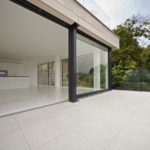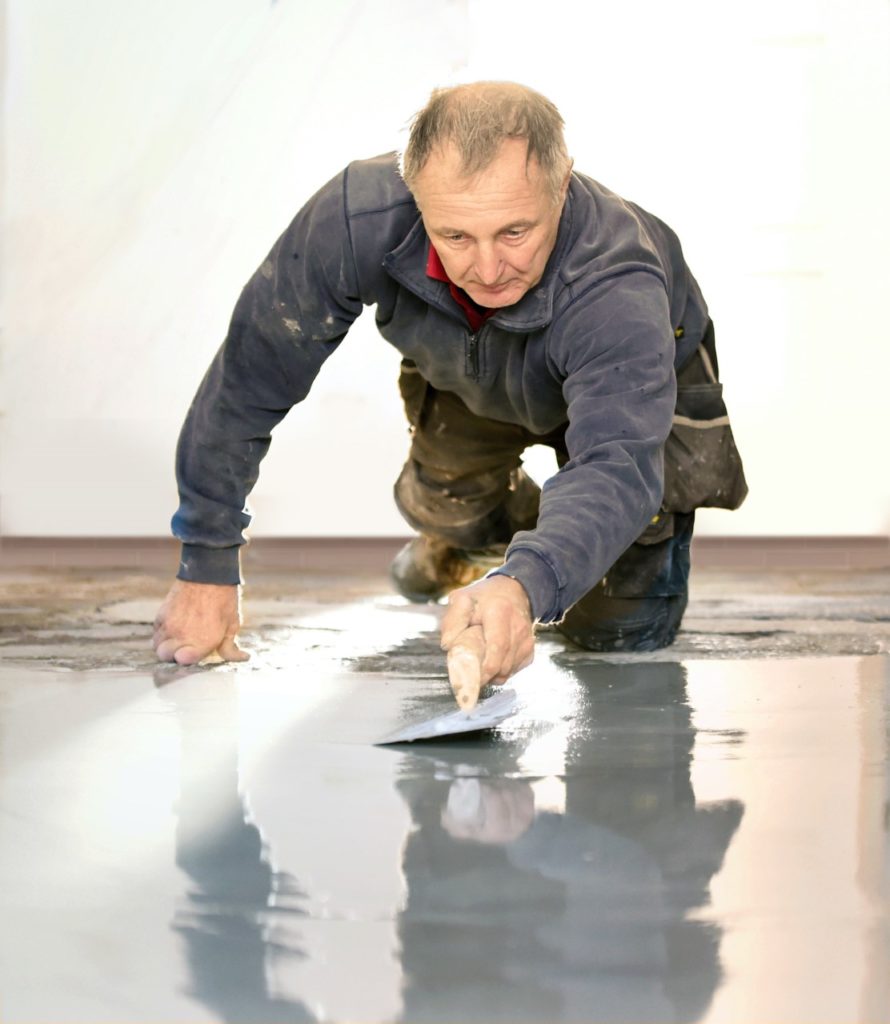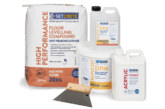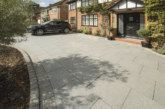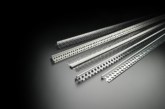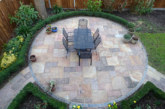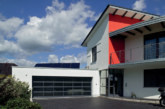Substrate preparation specialists Setcrete discuss what SME builders need to consider when bringing the inside out.
The trend in house design and development to ‘bring the outside in’ is well established, helped to a large degree by the widespread use of bifold doors for garden rooms and kitchen/diners, which can fully open an entire wall to provide an unbroken view of the garden space.
Now, a growing number of properties are seeing this trend evolve further; extending the interior living space out to an adjoining terrace or patio using porcelain floor tiles throughout to create a truly seamless connection between the inside and outside. Achieving the look requires perfect preparation of the subfloor base to ensure the external floor maintains the aesthetic quality of the interior.
What’s crucial in achieving the perfect finish is to ensure the subfloor is properly prepared, which means it must be sound and stable, as well as being super smooth, level and at the same height as the internal floor. This makes the installation process easier and quicker to achieve that all-perfect finish; indistinguishable from the inside.
A typical concrete screed is unlikely to be laid so that it precisely matches the height of the internal flooring screed and certainly would not achieve the same level of smoothness as a purpose-design levelling compound. This is even more likely to be the case if the team laying the concrete isn’t the same team that will be installing the tiles.
Levelling compounds are designed to deliver the perfect subfloor base as part of the tiling installation. The best performing ones are formulated to provide flow properties and self-levelling characteristics that make the preparation process simple and quick, with drying times that fit in with demanding build programmes.
Exterior performance
Importantly, for exterior applications a specialist external levelling compound must be used to withstand all that the British weather can throw at it; from severe winter frosts to 30°C plus summer sunshine and everything in between. Furthermore, the levelling compound must retain its integrity throughout the lifetime of the installation.
Because the compounds are designed to be self-levelling, only minimal work with a smoothing trowel is required to ensure the floor is evenly covered. Normally, the levelling compound will be applied at a thickness of between 5-15 mm (or up to 50 mm with a gravel-filled mix).
The best performing levelling compounds are fast-setting and fast-drying, so will be ‘walk on’ hard after around two hours and ready for the porcelain tiles to be installed the following day.
The super-smooth surface finish facilitates application of tile adhesive, making the tile installation process easier and faster and, crucially, avoids imperfections and undulations in the concrete base transferring to the finished appearance of the tiled area.
The result is a visually stunning floor that encourages a natural flow from the inside to the outside, enhancing the overall aesthetic appeal of a property and creating a practical and desirable outside space that really brings the inside out.

